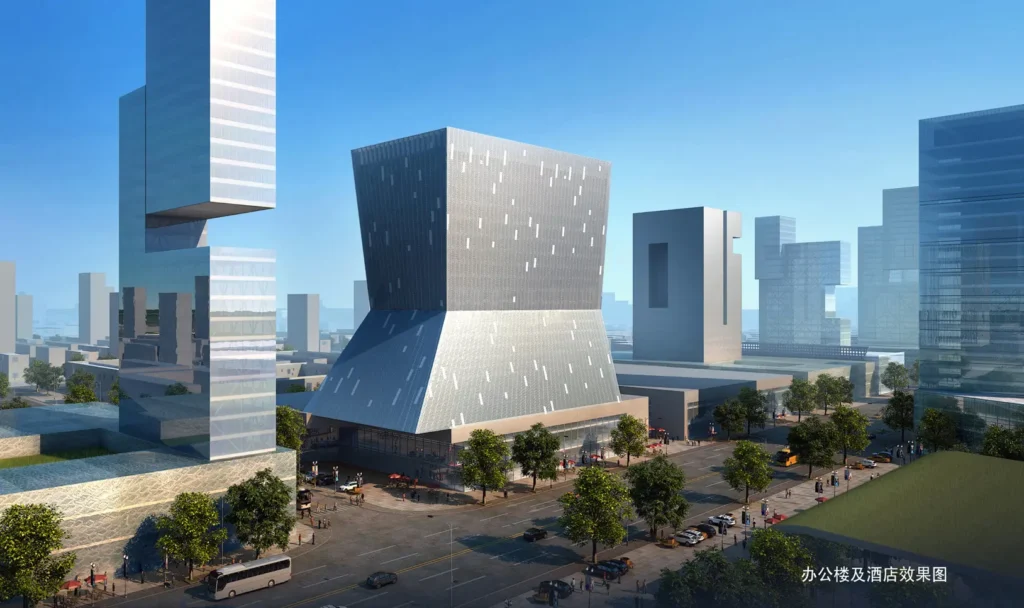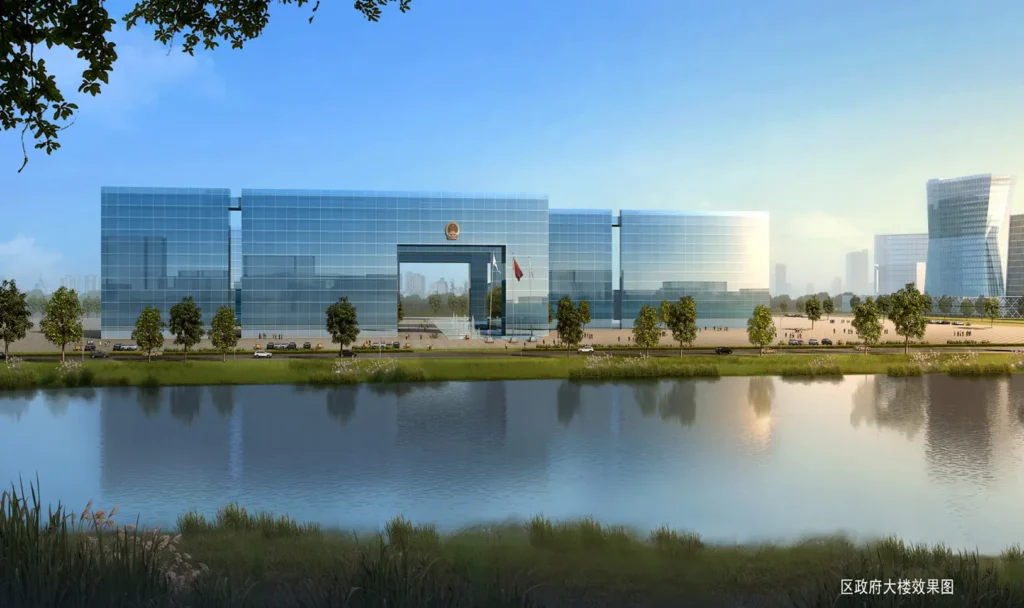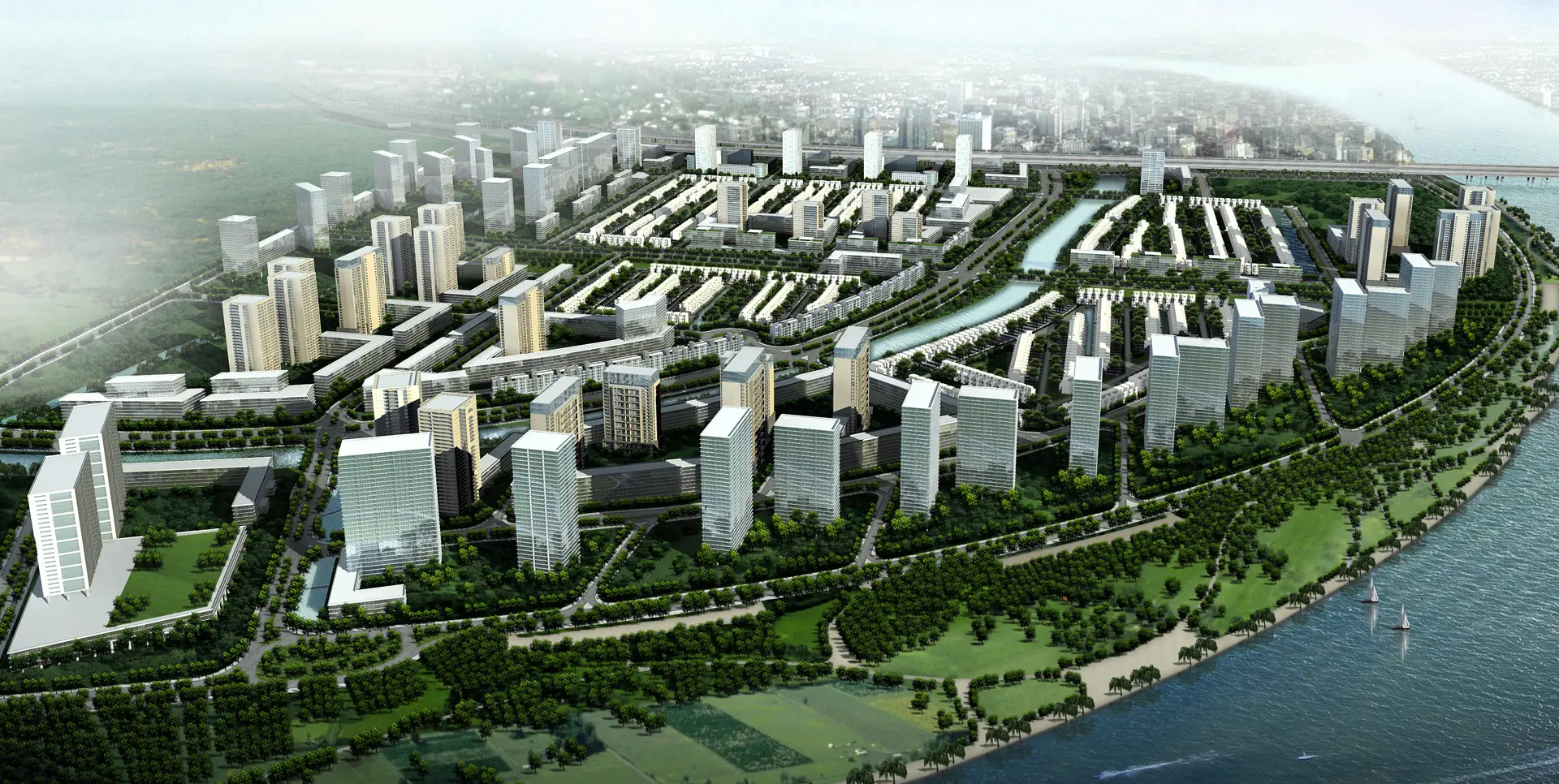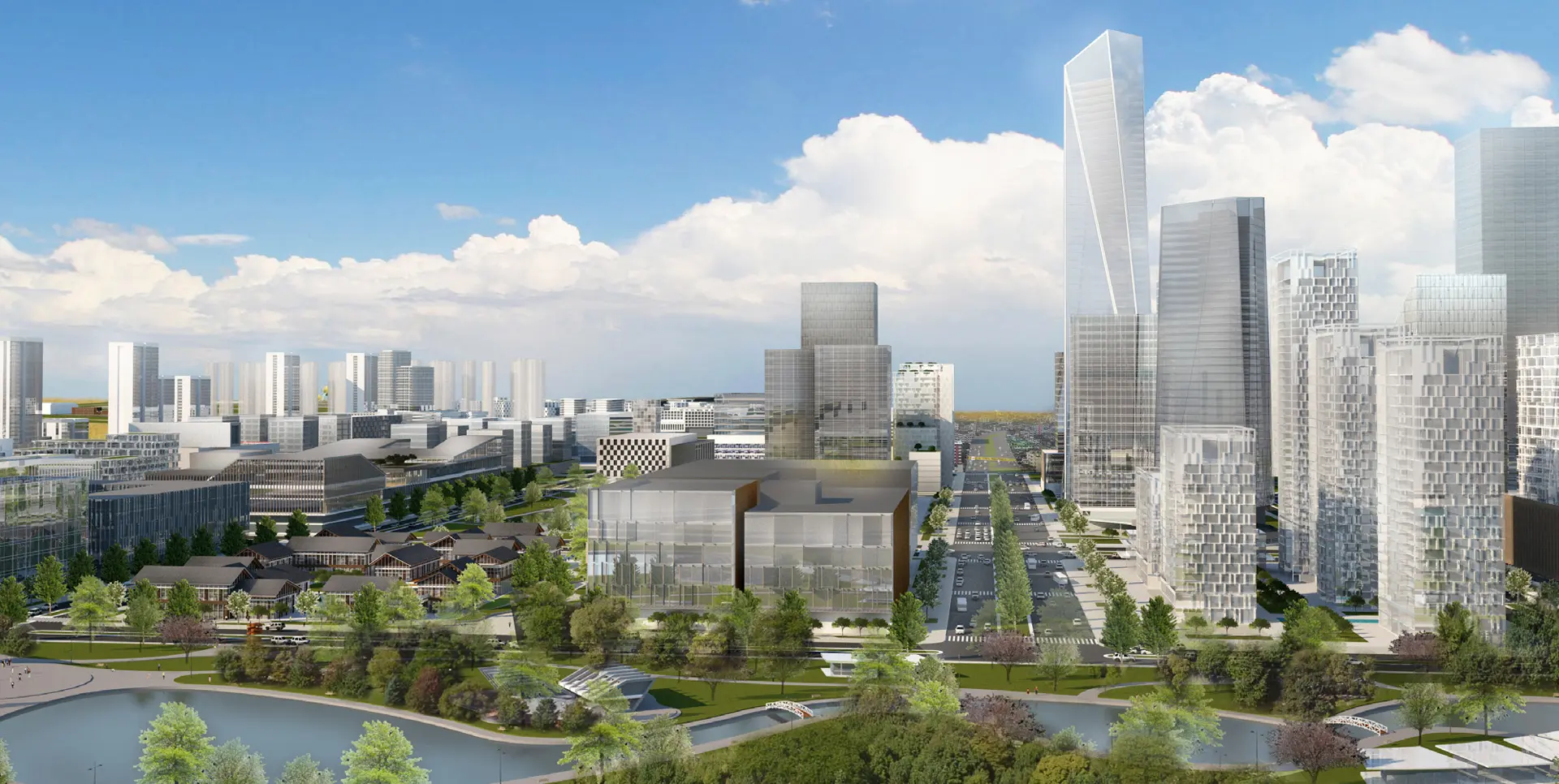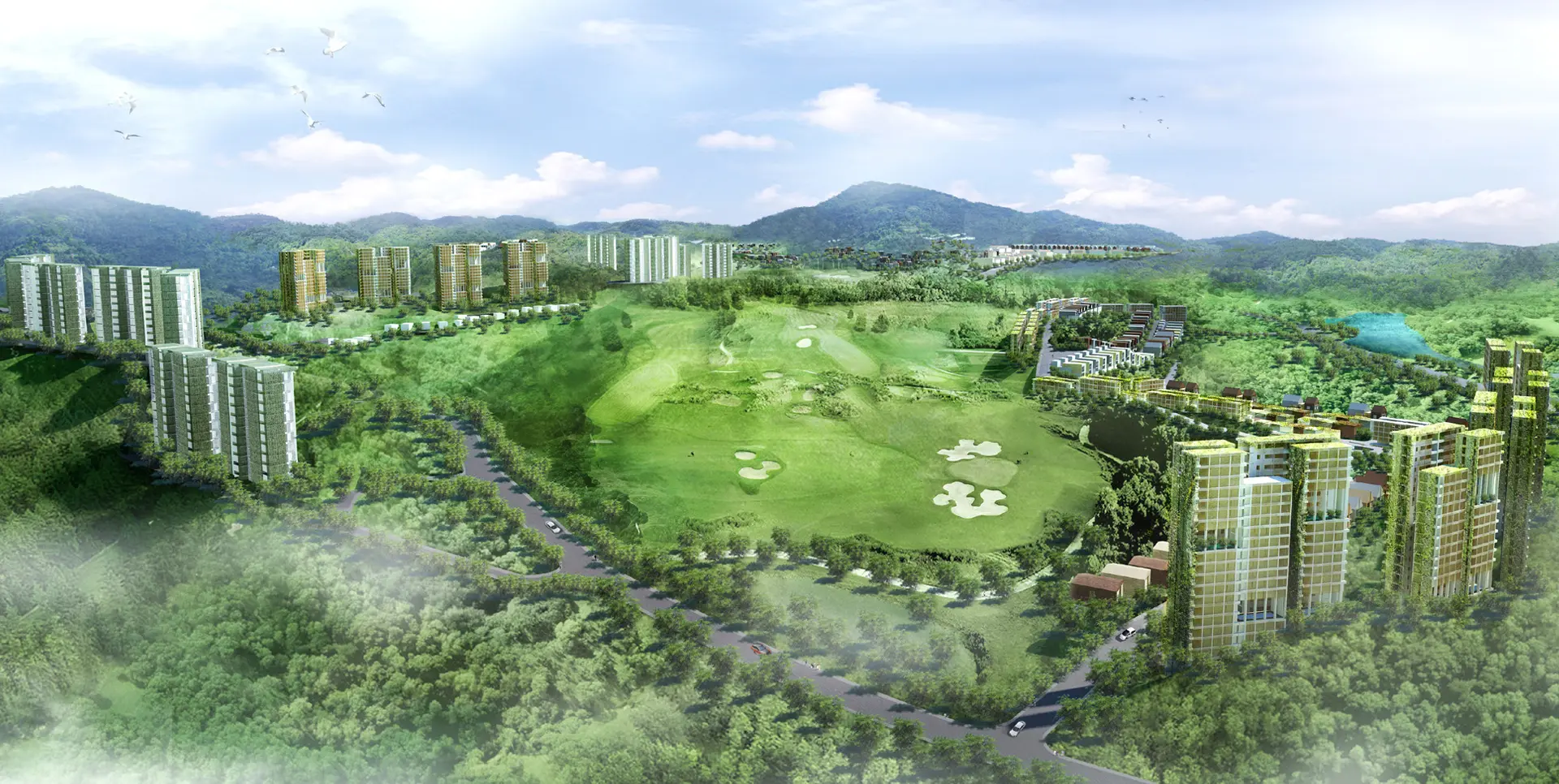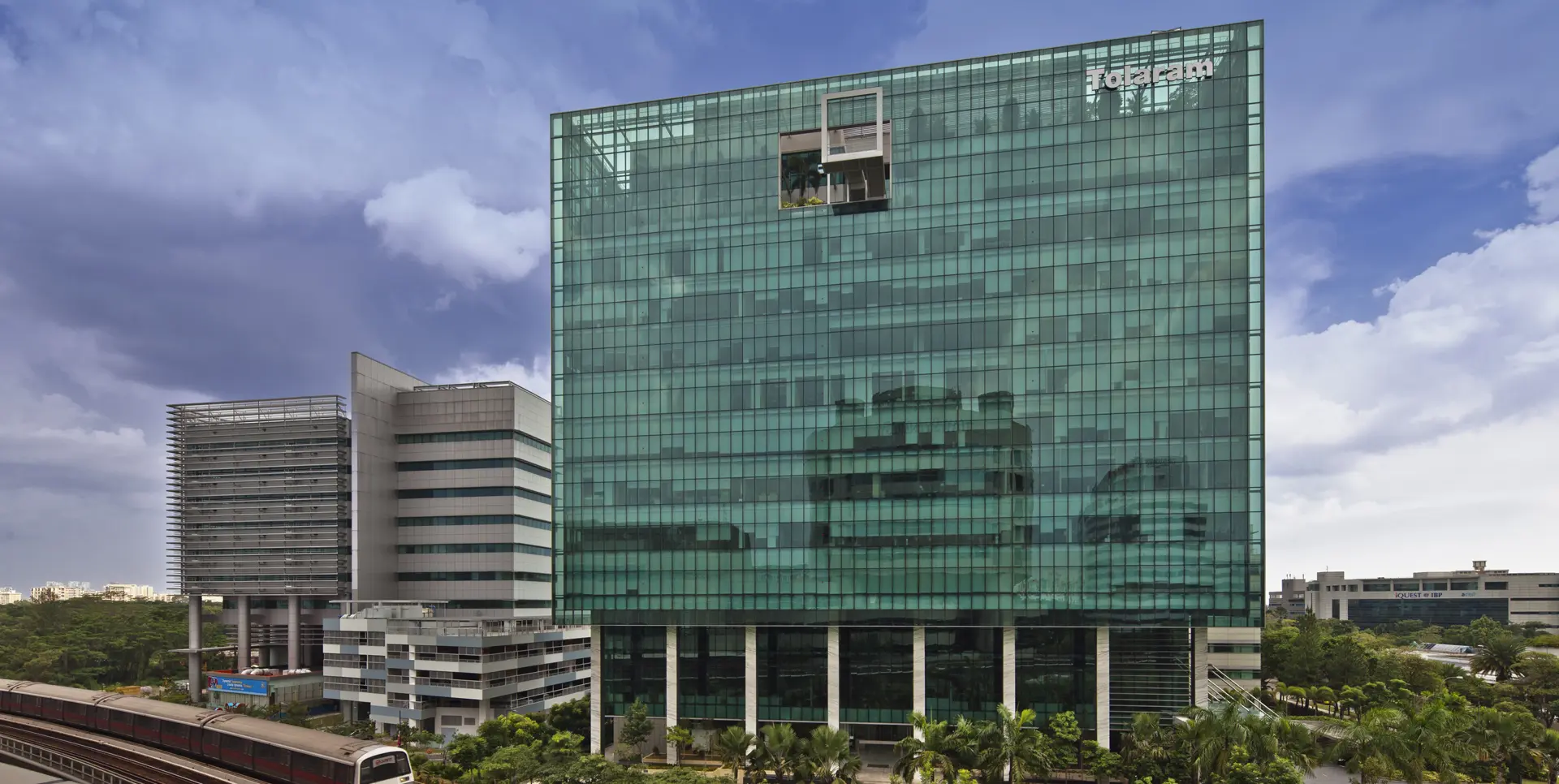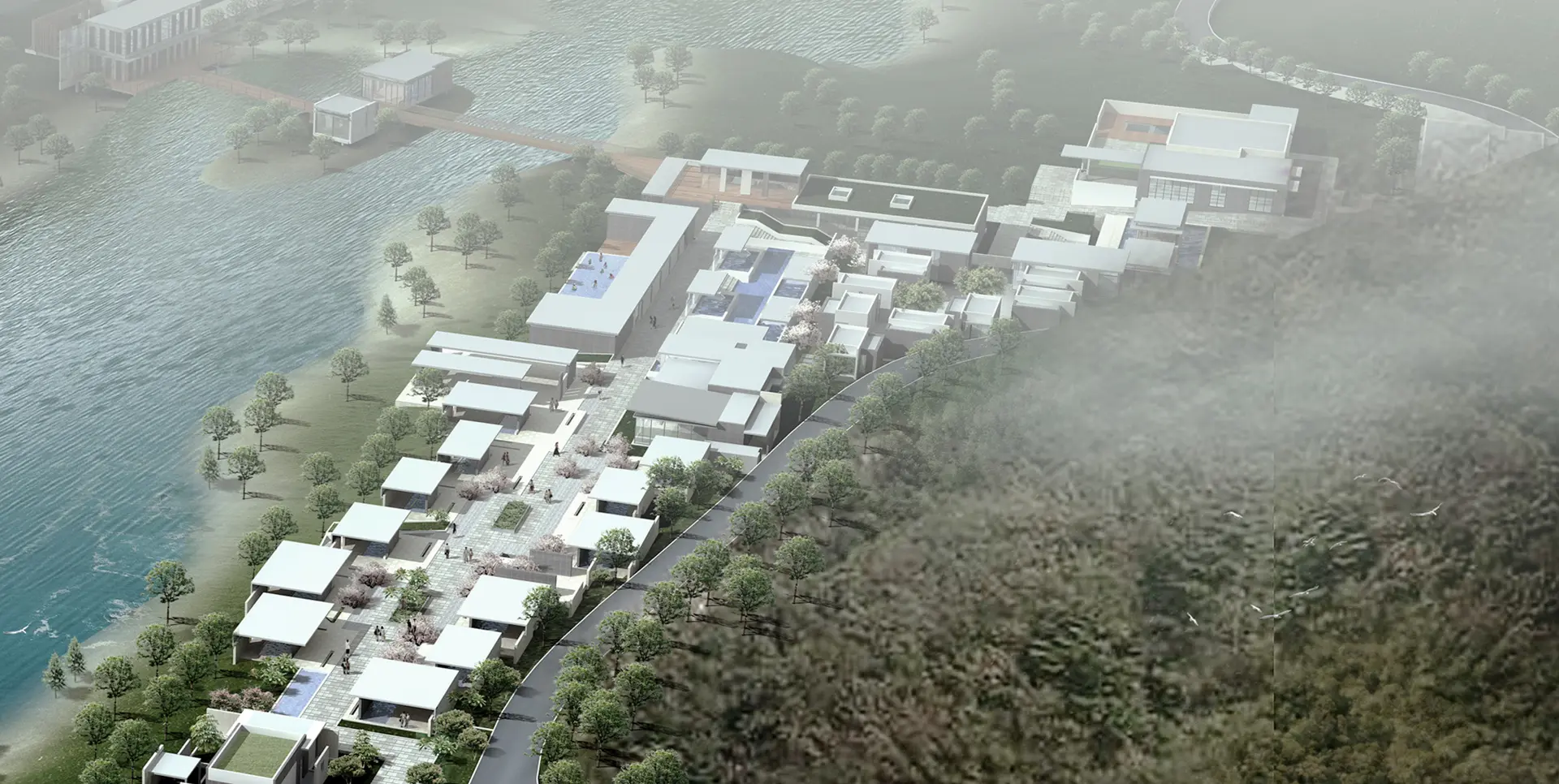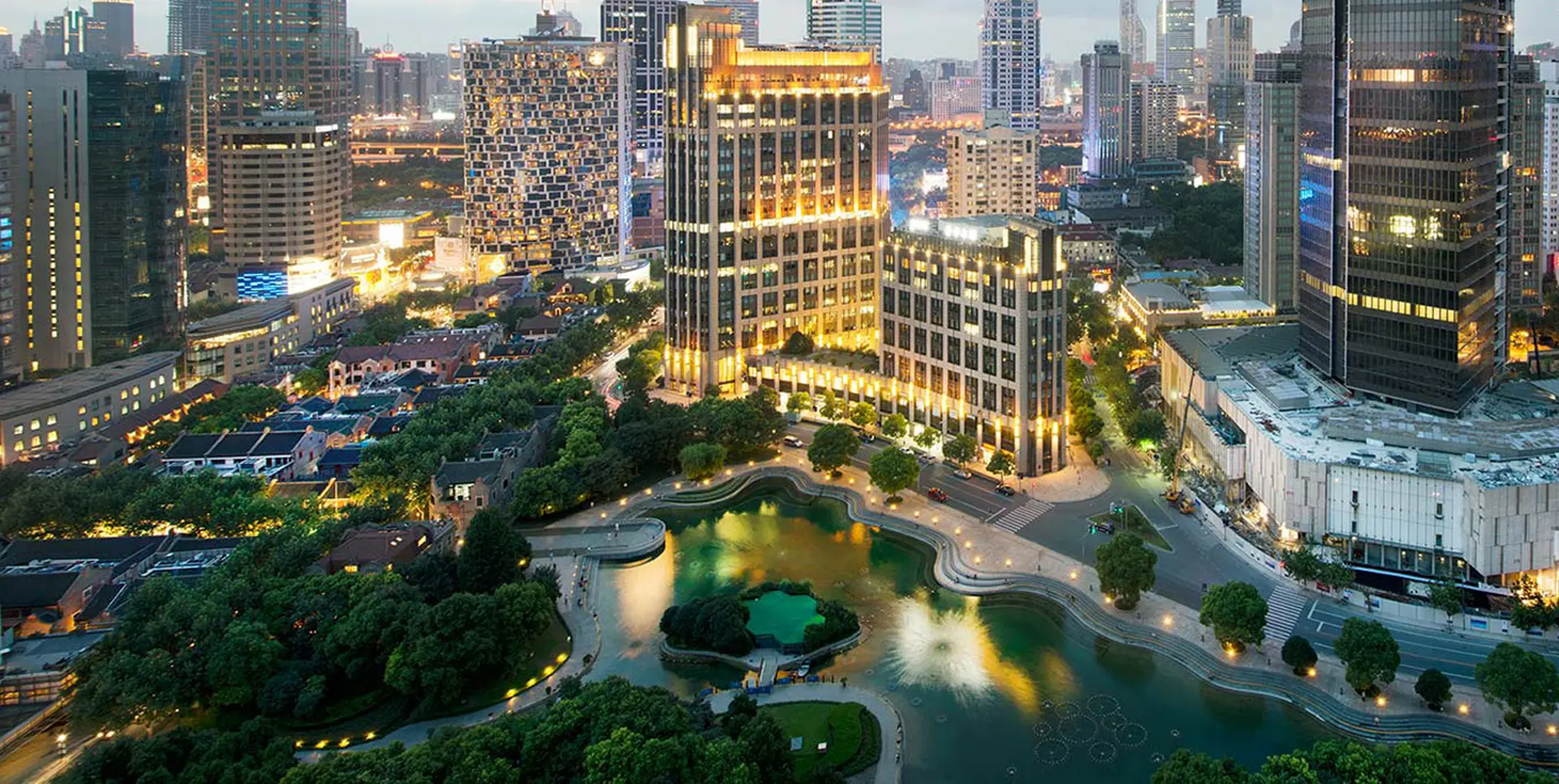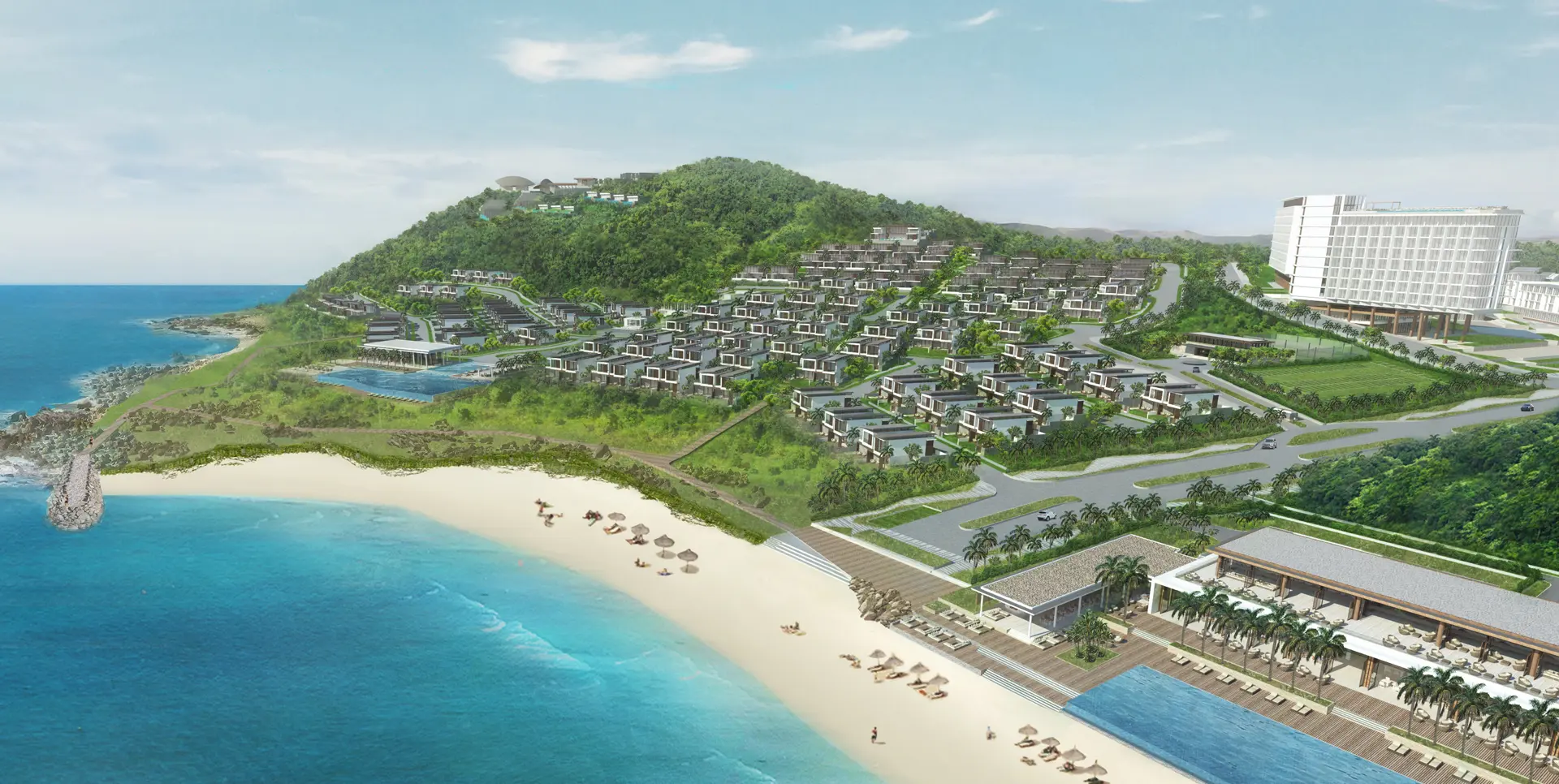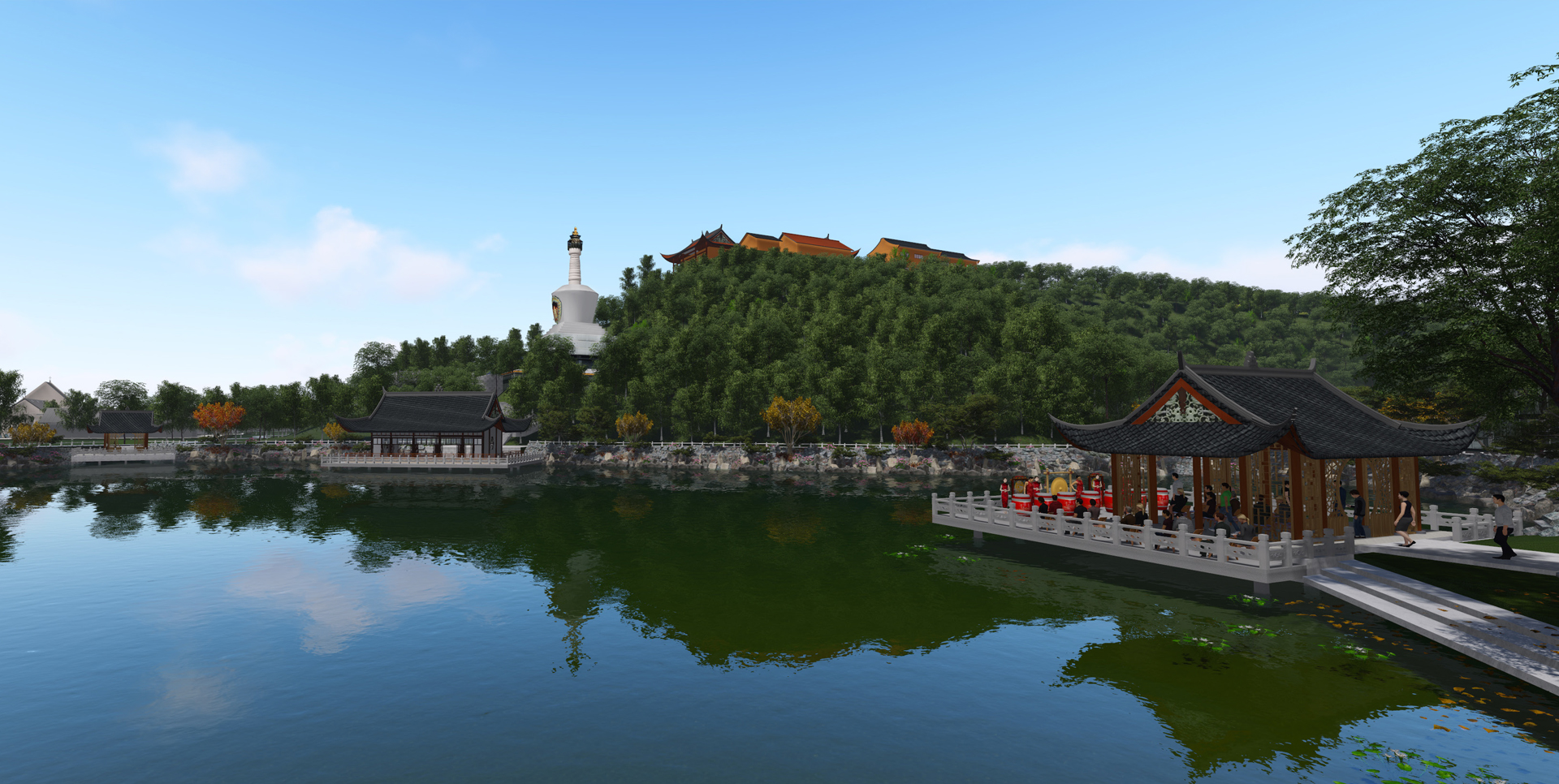Redefining Urban Connectivity through Landscape and Infrastructure
The Zhengzhou 27 Riverside New District Masterplan proposes a visionary extension of the city’s southern boundary, transforming 2,800 hectares into a cohesive and future-ready urban centre. Situated in Henan’s capital—a major transport interchange for north-south and east-west corridors—the site faced significant challenges: a vast waterway, an elevated railway, and high-tension power lines slicing across the landscape. Rather than obstacles, these elements were reimagined as structuring devices to reinforce identity and improve mobility.
Location
Zhengzhou, Henan, China
Completion
2009
GFA
2,800 ha
Client
Zhengzhou Erqi District People’s Government
Services
Masterplanning & Urban Design
Urban Transit Meets Vertical Density
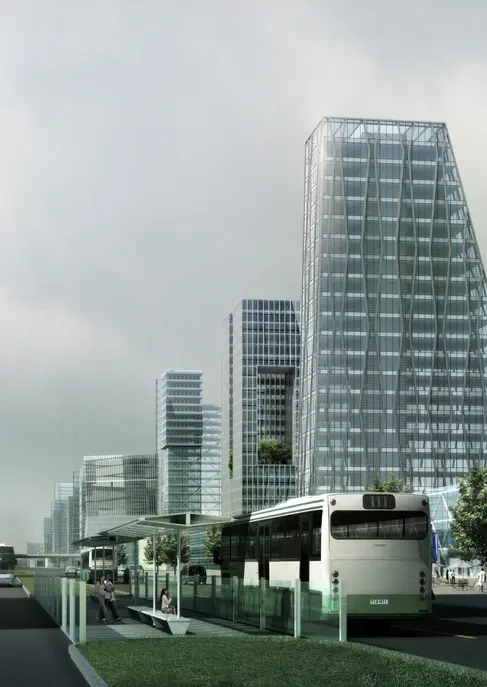
Integrating Mobility, Landscape, and Form in Zhengzhou’s New District
The Zhengzhou 27 Riverside New District envisions a well-connected, high-density urban future. Against a backdrop of sculptural high-rise towers, a dedicated bus rapid transit corridor highlights the district’s commitment to sustainable and accessible mobility. Commuters wait comfortably at sleek, modern bus stops embedded within generous green buffers—showcasing the interplay between infrastructure and public space.
Central to this vision is a 150-metre-wide internal ring park that acts as a connective green spine, weaving through roads and civic spaces. This greenbelt redefines connectivity—not only linking fragmented zones but also enriching daily life with ecological corridors and pedestrian-first design. The shift from courtyard blocks to high-rise towers ensures a balance of density and livability, creating a layered urban fabric where transport, greenery, and architecture work in unison.
The design blends transit, green spaces, and built form to offer more than functionality—it creates a pleasant urban experience. Bus stops are placed in landscaped areas with scenic views, encouraging both movement and rest. This setup supports walking, cycling, and commuting, while fostering community interaction and care for the environment. Zhengzhou’s new district becomes a place where daily travel connects people and nature, making each journey meaningful.
A Green Spine for Urban Growth
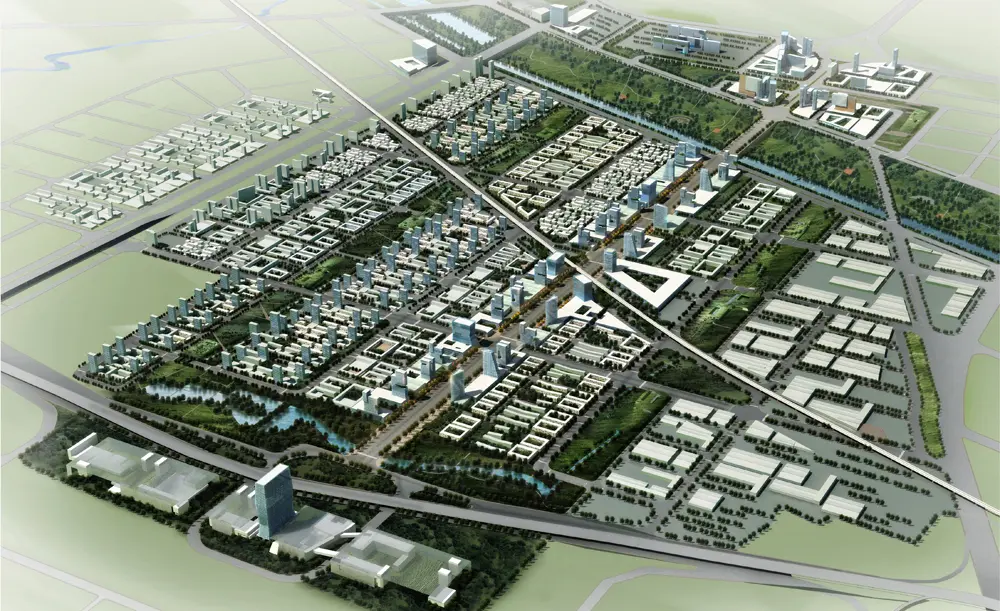
Located in Henan’s capital and key transport hub, the Zhengzhou 27 Riverside New District redefines urban expansion by extending the city’s boundary 5 km south into a vibrant mixed-use centre for living, working, and leisure. Spanning 2,800 hectares, the masterplan transforms existing physical constraints—a major waterway, elevated rail line, and high-tension power corridors—into defining landscape features. At its heart lies a 150-metre-wide internal ring park, weaving together greenbelts, waterways, and civic spaces into a unified urban fabric. This green spine not only fosters connectivity across north-south and east-west axes but also functions as a sustainable rainwater collection and recycling system to power the district’s energy plant. The plan balances density and diversity through a variety of courtyard housing typologies, retail-activated street edges, and a gradual transition from formal grids to organic layouts, creating distinct neighbourhood characters. By integrating ecological infrastructure with mixed-use development, the masterplan delivers a dynamic, resilient, and people-focused environment—setting a new benchmark for Zhengzhou’s future growth.
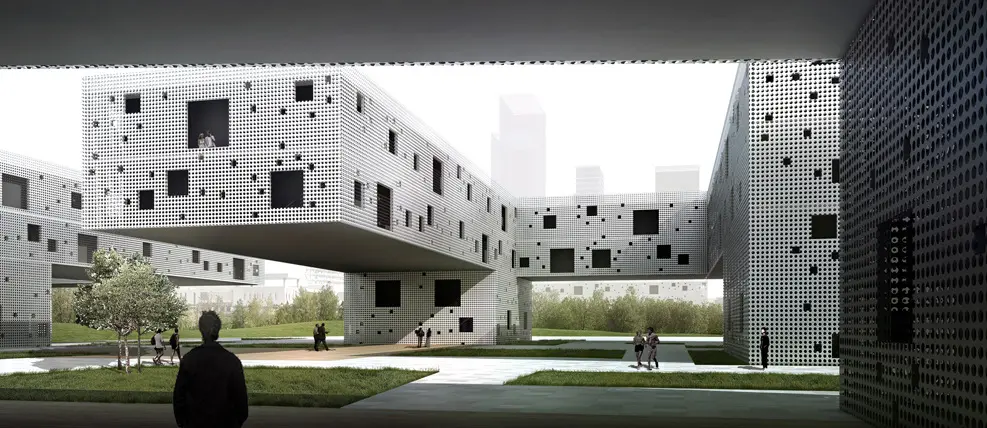
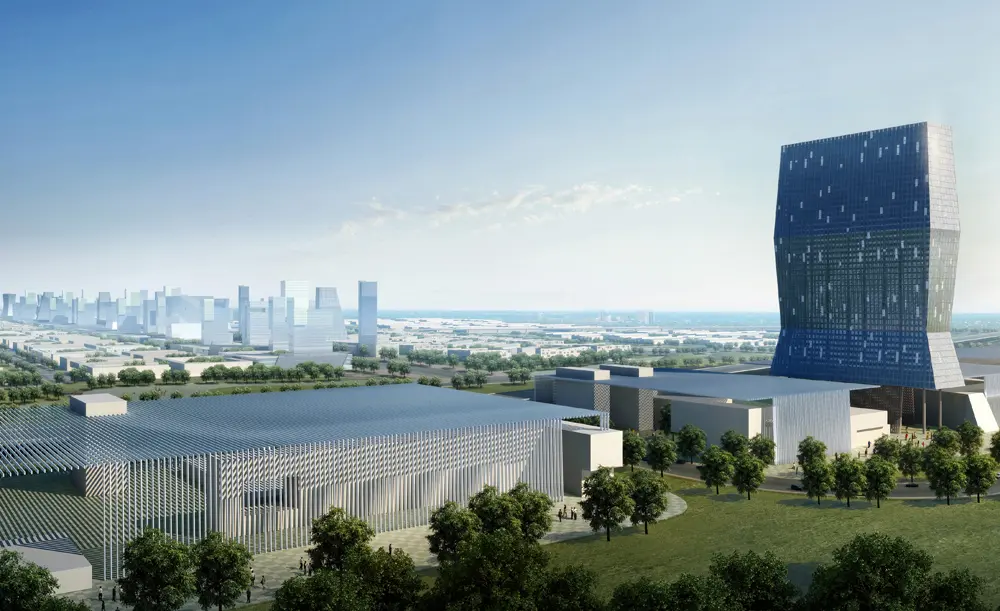
The Zhengzhou 27 Riverside New District masterplan represents a bold rethinking of how cities can grow around connectivity, landscape, and civic life. By placing equal importance on mobility infrastructure, ecological resilience, and cultural identity, the plan creates a future-ready urban environment that is both efficient and deeply human. From the green ring that weaves through neighborhoods to iconic public buildings that shape the skyline, every element is orchestrated to foster integration rather than fragmentation. As Zhengzhou evolves, this district stands as a blueprint for urban development that prioritizes inclusivity, sustainability, and a meaningful relationship between people and place.
